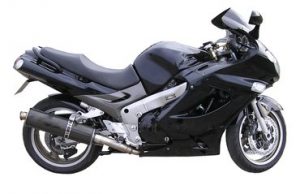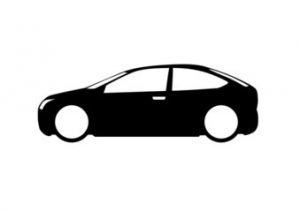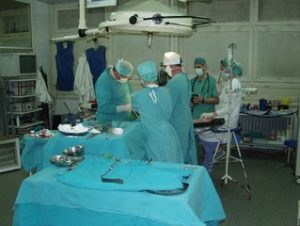 The National Transportation Safety Board (“NTSB”) recently released a report discussing its findings as to a fatal crash in May 2016 involving an automated vehicle manufactured by Tesla. The automobile was equipped with a quasi-experimental automated driver assistance system that failed to detect a semitrailer crossing an intersection in front of the car. However, the NTSB report concluded that the vehicle’s cruise control was set at 74 miles per hour, above the 65 miles per hour speed limit at the time of the accident. Like other “self-driving” vehicles that are being introduced on the roadways, the Tesla is also equipped with “torque sensors” on the steering wheel that monitor when and for how long the human operator’s hands are on the steering wheel. According to the report, the driver had Autopilot engaged for 37 of the total 41 minutes of the trip, and data removed from the vehicle following the crash indicates that the driver only had his hands on the wheel seven times when the system was engaged for a total of 25 seconds.
The National Transportation Safety Board (“NTSB”) recently released a report discussing its findings as to a fatal crash in May 2016 involving an automated vehicle manufactured by Tesla. The automobile was equipped with a quasi-experimental automated driver assistance system that failed to detect a semitrailer crossing an intersection in front of the car. However, the NTSB report concluded that the vehicle’s cruise control was set at 74 miles per hour, above the 65 miles per hour speed limit at the time of the accident. Like other “self-driving” vehicles that are being introduced on the roadways, the Tesla is also equipped with “torque sensors” on the steering wheel that monitor when and for how long the human operator’s hands are on the steering wheel. According to the report, the driver had Autopilot engaged for 37 of the total 41 minutes of the trip, and data removed from the vehicle following the crash indicates that the driver only had his hands on the wheel seven times when the system was engaged for a total of 25 seconds.
Skeptics of the autonomous vehicle movement have been warning that the automated driver assistance systems as currently designed do not sufficiently monitor driver engagement in the operation of the vehicle to an extent necessary to prevent the occurrence of similarly fatal wrecks. NTSB investigators suggested that the driver’s lack of engagement indicated an over-reliance on the autopilot system, meaning that the torque monitors are not effectively ensuring sufficient driver engagement. Moreover, the most important aspect of driving, visually observing the roadway and any obstructions that may exist, is not monitored by the torque monitors on the steering wheel. So, even where a driver has his hands on the wheel, the technology in its current form has no requirements that the driver be actually paying attention to the roadway. Moreover, as indicated in the NTSB report, the actual time that a driver is required to place his hands on the steering wheel while the autopilot function is engaged appears to be minimal.
The design and programming of the autopilot systems raises important legal considerations regarding who may be held liable for this sort of accident – where a vehicle operator is following the prompts set forth by the automated driver assistance system, but crashes anyways. If the manufacturer requires that a driver be vigilant and alert at all times, especially when autopilot is engaged, can the manufacturer still be held liable if the system designed to monitor the drivers engagement is defectively designed? In such a scenario, an injured party may argue that the manufacturer knew, or should have known, that the automated driver assistance system could not effectively ensure that the human operator was sufficiently engaged. After all, the fact that the manufacture installed a torque monitor on the steering wheel indicates that the design of the system was dependent upon a human fail-safe. If that human fail-safe was defective – the torque monitor failed to effectively monitor driver engagement – there is a strong argument that the entire design of the automated driver assistance system was defective.
 Atlanta Personal Injury Lawyer Blog
Atlanta Personal Injury Lawyer Blog











